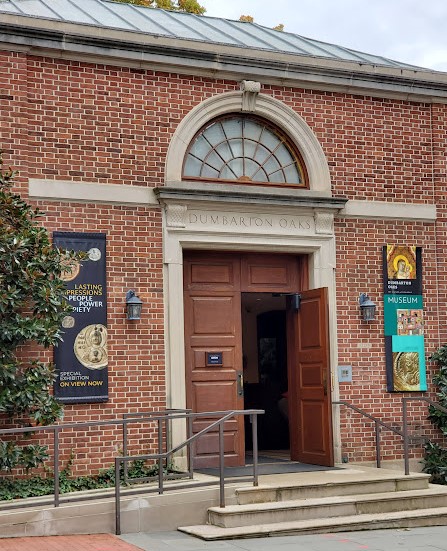Apr 25 2017 - Aug 31 2017
Dumbarton Oaks Research Library and Collection
Washington, DC
There’s a peculiar vibrancy associated with water in the city. Images of strollers on Florence’s lungarni, or riverside paths, seem to encapsulate the practice of restorative leisure, while the canals of Amsterdam, photographed or painstakingly penciled in, gesture at a hybrid state between coziness and mobility. City water—channeled, controlled, incorporated—seems to posit a different way of being: life, lived harmoniously, on the edge of two elements.
City Water/City Life will use contemporary photographs as well as prints and images from Dumbarton Oaks’ Rare Book Collection to trace the development of water elements in three historic cities—Paris, Amsterdam, and Florence—and their interaction with social and cultural milieus. [....]
Images featured in the exhibit range from the idyllic to the technical. Giuseppe Zocchi’s engravings of eighteenth-century Florence, for instance, depict a period when the Arno began to take on a more prominent role in civic life. “There are a lot of scenes of promenading along the river, aristocrats in their carriages, and so on,” Wang says. “They’re beautiful prints in their own right, but they’re also executed in this strict documentary style—they’re artistic and historical at the same time.” In contrast, one of the volumes focusing on Amsterdam—a compendium of prints by different engravers—examines the construction of the city’s famous dikes and the process of land reclamation from the angle of hydraulic engineering.
In examining the uses of water through time, the exhibit leaps forward three centuries by incorporating contemporary photographs. Sometimes, the interactions of water and culture have led to devastation. A picture of Florence, for instance, captures the destruction wrought by the 1966 flooding of the Arno, which irreparably damaged millions of artworks and rare books.
At other times, water carries its culture backward, returning to old solutions. Along the canals of Amsterdam, history curiously recurs: “For Amsterdam, we have an image of contemporary houseboats, and there’s a whole story behind that,” Wang explains. “In the postwar period, during a housing shortage, barges started to be converted into dwellings, as a sort of emergency solution. Now, that same process is looked on as an innovative solution to the problem the city still has of housing its growing population.”
Credit: Exhibition overview from museum website
Exhibition Venues & Dates
Apr 25 2017 - Aug 31 2017
Dumbarton Oaks Research Library and Collection
Washington, DC
